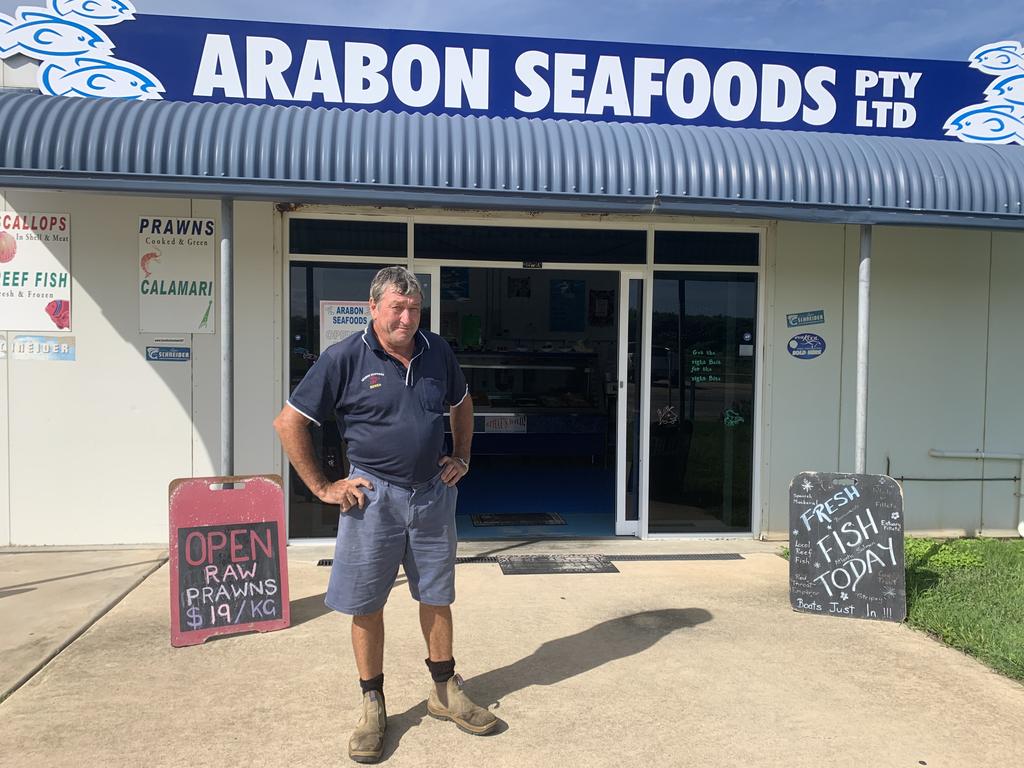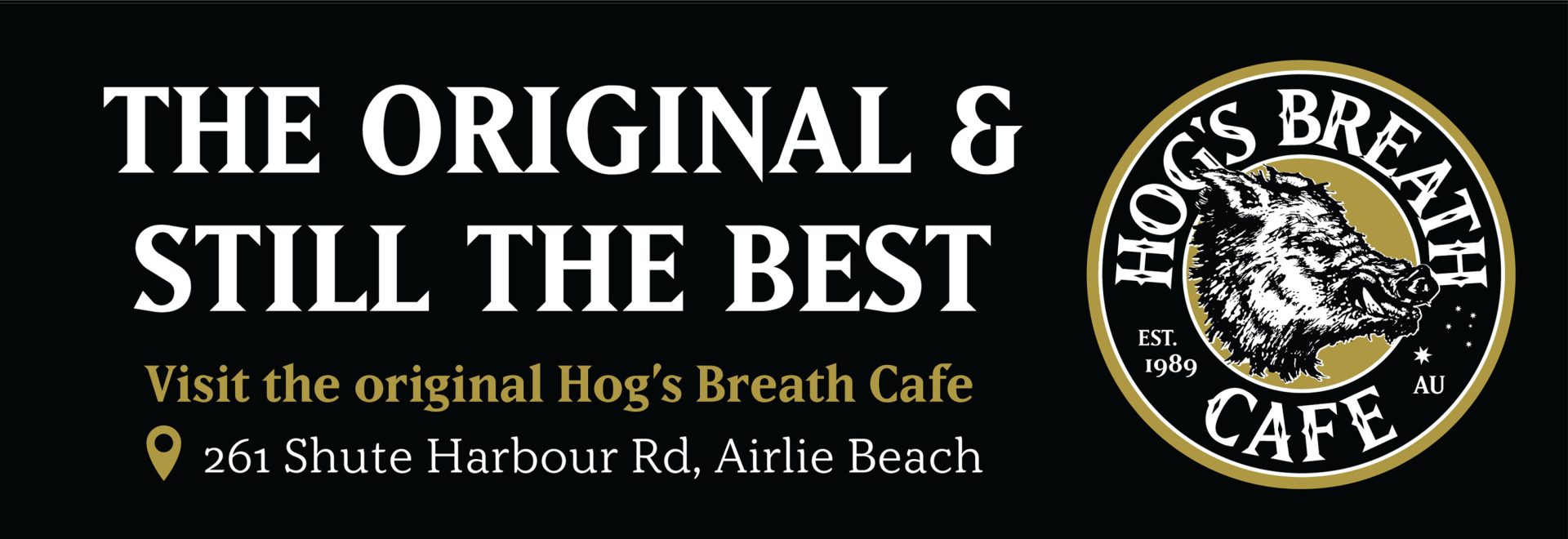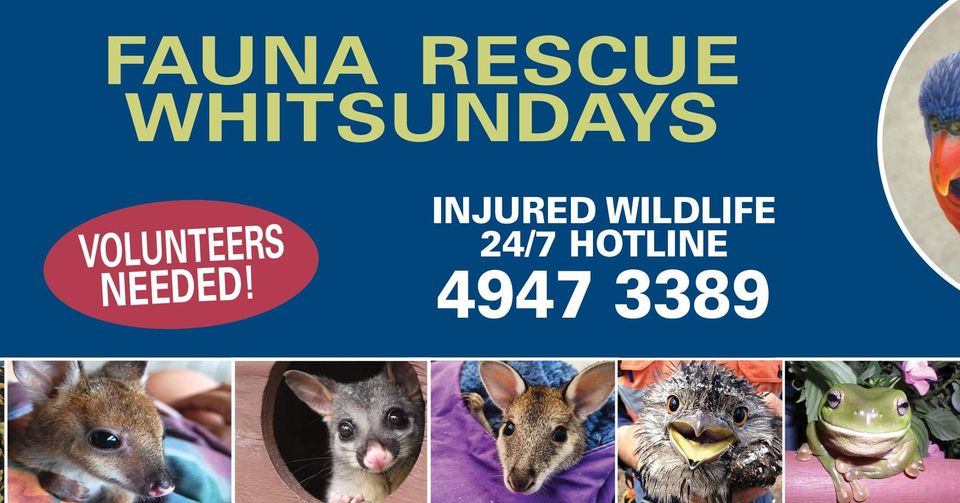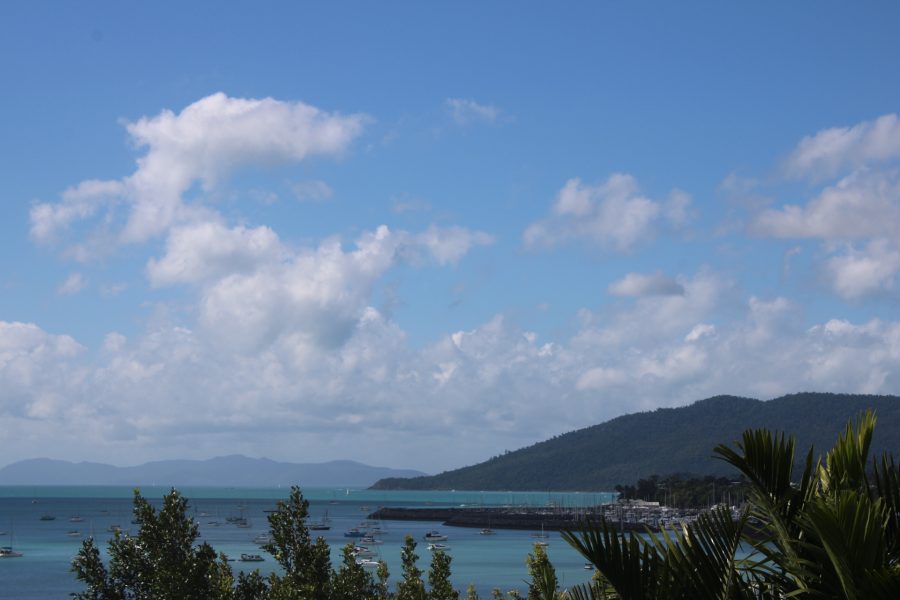PROFESSIONAL fishermen fear for their future with more restrictions introduced to curb catches.
The State Government introduced closures on Spanish catches from October 22 which will be followed by another a month later, claiming they will safeguard spawning on a ‘depleted stock’ and build populations.
But fourth-generation professional fisherman and owner of Bowen’s Arabon Seafood, Terry Must, questions the science behind the closures.
“How do they count the fish in the sea? It’s just computer modelling and you get out what you put in.”
He said the figures were based on numbers collected in 1996 when about 600 tonnes of Spanish mackerel were harvested. Today, the figure is closer to 250-300 tonnes.
“We know that fish numbers need to be protected but this modelling is going over the top.
“Our records go back to 2001 and the guys (professional fishermen) are catching the same numbers now as then,” Mr Must said.
He said that the number of professional fishermen had halved in recent years so the total catch had actually dropped. The introduction of green zones, which were supposed to be temporary until fish numbers escalated, had never been removed.
Mr Must said the government kept reducing the volume of catches, supposedly to bring back numbers, but never revoked those mandates.
“Last year, it was coral trout when they cut back the catch from 1000 tonnes a year by 20 per cent. They also cut back catches of mud cfrabs by 60 per cent.
“Who knows what it will be next – nannygai and emperor?”
Mr Must said the continuing closures were killing off the fishing industry.
He said fishermen were quitting because they couldn’t make a living. The closures were also costing jobs at his fish shop. “We had to let a bloke go the other week. If people can’t go out and catch fish, they don’t come in and buy ice, we’ve lost sales of 100kg a week in recent times, the same with bait.”
It had a huge effect on the whole industry, he said.
Mr Must queried numbers the computer modelling was throwing up.
“They know exactly how much we catch, the types of fish, the weight of individual fish.
“Now we’ve got a three-week closure (around the full moon), then we can work for eight days, then we’ve got another three-week closure.
“I would like to know who is doing this modelling. How will they measure fish stocks to know if it gets better,” he asked.
Mr Must said the fisheries department should apply the same rules to recreational fishers. “How do they know how much is being caught? They don’t.”
The mackerel closure is the first-ever annual northern fishing closure (north of 22 degrees latitude near Clairview) and will be followed by a similar southern closure in February.
“By reducing fishing pressure on this depleted stock, we will rebuild the population and help to ensure a sustainable fishery for generations to come,” according to Fisheries Minister, Mark Furner.
Queensland Boating and Fisheries Patrol staff will conduct spot checks of commercial, recreational and charter fishing activities to ensure compliance.
“Going forward, Spanish mackerel stocks will be monitored annually through a combination of measures, including the most up-to-date catch and biological information,” according to Mr Furner.






